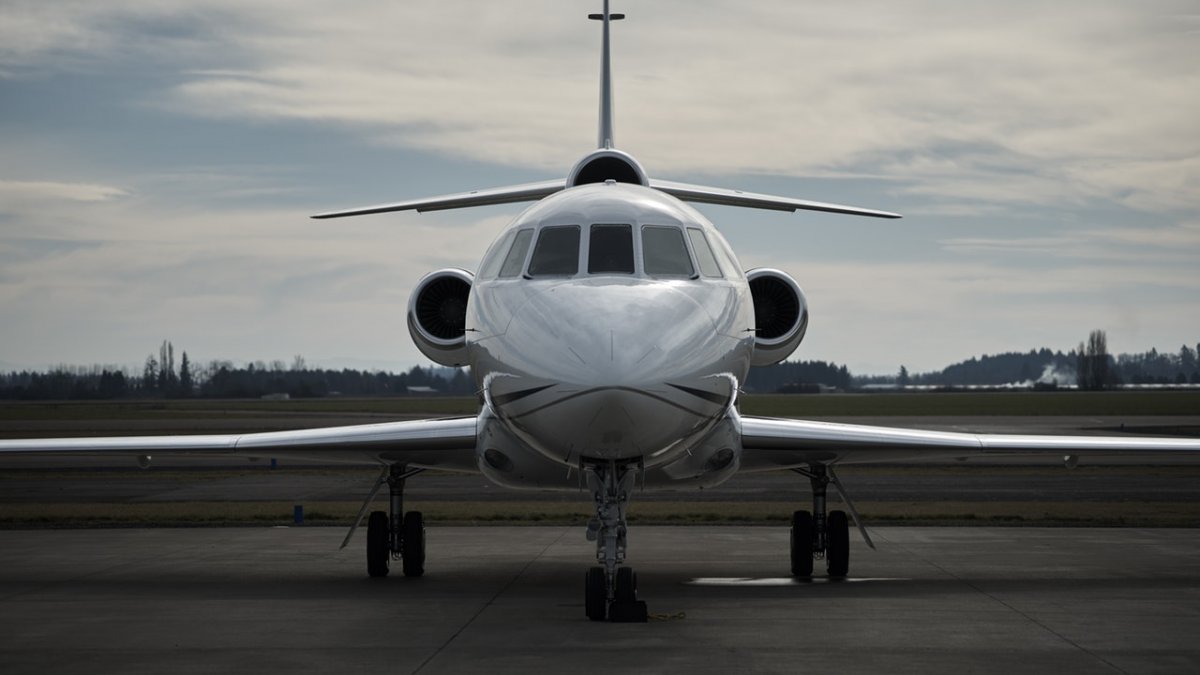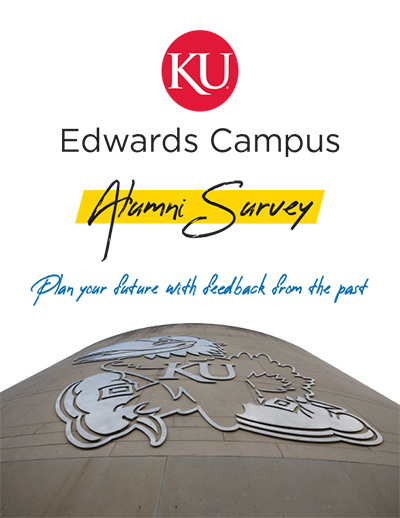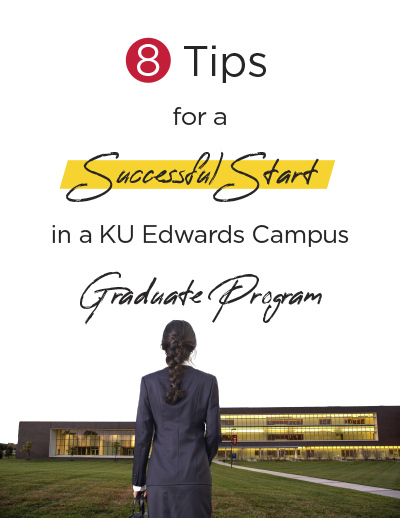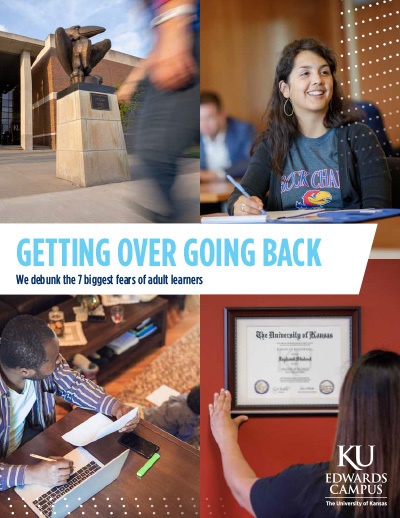Dynamics: An Essential Skill Set in Aerospace Design Part I

Interest in dynamics goes back to the Renaissance period; some of the greatest contributors to the science include Newton, Lagrange, d’Alembert, Euler, Jacobi, Hamilton, Rayleigh and Einstein.
Many years – and many more great thinkers – later, virtually all modern design organizations recognize the insufficiency of evaluating mechanical systems on the basis of static-type loading only.
Consequently, a thorough knowledge of Dynamics stands out as one of the most important skill sets in the modern aerospace design work environment.
Most undergraduate programs in mechanical engineering will include a course or two in Dynamics (recall to mind the sequence, “Statics – Dynamics – Strength of Materials”). What is usually meant by “Dynamics” in that undergraduate sequence could actually be described as Kinetics: the branch of mechanics that is concerned with the effects of forces on the motion of a body or system of bodies, especially of forces that do not originate within the system itself, i.e., rigid body dynamics.
Of particular interest in the world of mechanical design is the deformation of structures that results from dynamic loading; the term commonly used to describe such analyses in the aerospace industry is “Structural Dynamics.” Here we are concerned with the strain energy that gets absorbed as a flight structure (or some other mechanical system) exhibits a dynamic response according to the “normal modes” of the system at the frequencies associated with those modes. It is this strain energy that results from the excited normal modes of structural systems that becomes problematic from the standpoint of various failure criteria, such as fatigue crack propagation, material yield and rupture, fretting and galling, etc., which may arise due to shock, vibration and acoustic loads.
Ultimately, analysts are confronted with the question of the feasibility of a particular design from the standpoint of structural integrity; the issue of failure modes must always be on the forefront of our thinking!
The customer wants to have confidence that the product will not fail during its useful life.
The KU Aerospace Short Course, “Dynamics for Aerospace Structures,” provides participants with a strong theoretical, as well as practical knowledge of the methodologies for performing rigid body and modal-based dynamics analysis on a wide range of structural and mechanical systems. The course builds upon the theoretical foundation with practical applications that can be immediately put into practice in the workplace. In this manner, both the theory and practice of classical “hand” analysis techniques are presented, along with the more modern (numerical/computational) methods used in the industry.
Some of the key topics presented in this course include: Loads, Mode Shapes & Boundary Conditions; Energy Methods; d’Alembert’s Principle; Newtonian Dynamics for First- and Second-Order Systems; Introduction to Random Vibration; Multiple-Degree-of-Freedom (MDOF) Systems; Dynamic Response of MDOF Systems; The Finite Element Analysis Method; Structural Dynamics in Mechanical Design and Shock & Vibration Testing.
Diligent study of Structural Dynamics can open up new avenues of interesting work and career opportunities for anyone who works in structural/mechanical design. Dynamics for Aerospace Structures was created to help make that happen.
Learn more about KU Aerospace Short Courses.
Dennis Philpot’s Aerospace Short Courses
Dynamics for Aerospace Structures
Stress Analysis for Aerospace Structures
Earn a Certificate of Specialization
Both courses taught by Dennis Philpot are included in the Aircraft Design and Aircraft Structures Certificate of Specialization tracks. Take four courses within a track to earn your Certificate of Specialization.
Have questions or want more information? Contact KU Professional & Continuing Education at 785-864-5823 or professionalprograms@ku.edu.
About the author
A nationally recognized expert in structural analysis, Dennis Philpot has been teaching post-graduate courses in mechanical/structural analysis in the greater Los Angeles area and on-site at The Boeing Company, Northrop-Grumman, NASA-Ames, NASA-Johnson Space Center in Houston, NASA-Kennedy Space Center in Titusville, Florida, and at the Hill Air Force Base in Ogden, Utah. In his current position at Northrop Grumman (formerly ATK Defense Electronic Systems Division), Philpot is involved in diverse programs, which include the Advanced Anti-Radiation Guided Missile (AARGM), Multi-Stage Supersonic Target (MSST), the Jordan Light Gunship (JLG) as well as many others. As Senior Technical Fellow, he is responsible for many of the design development processes and structural integrity across multiple programs at Northrop Grumman Innovation Systems.





